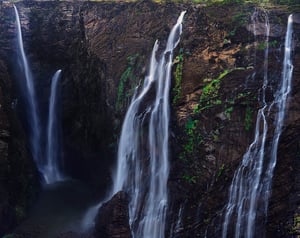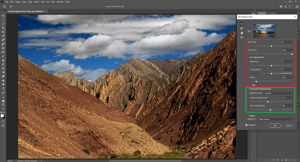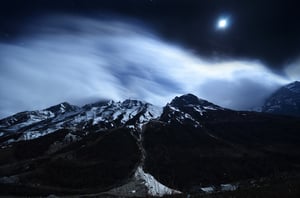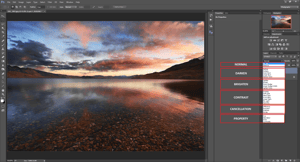It is hard to find a landscape portfolio without a waterfall photograph. Even though some waterfalls might not appear great in person, they often make great photographs, especially when shot with a long exposure or slow shutter speed. In this article, I will share some of the tips and tricks...
Post Archive By Madhu Manickam
High-Key Photography Explained
Overexposure is usually considered a bad result in photography - something to be avoided at all costs. The same is true of blown-out backgrounds and overcast skies. But sometimes, this "high-key" look can be exactly what a photo needs. In this article, I will explain how to use the tool...
How to Correct White Balance in Photoshop
White balance is one of the most basic and yet trickiest aspects of photography. Although the white balance you’ve set in-camera may look good most of the time, in other cases, you’ll need to correct it in post-processing. Today, I will show you several ways to correct your white balance in Photoshop.
How to Photograph Wildlife Silhouettes
Whenever I set out to photograph wildlife, and especially birds, I make sure to arrive before sunrise - or choose to stay until after sunset. There are two reasons why I do so. First, being early to start and late to leave gives me access to the flattering light of...
8 Beach Photography Tips for Beginners
Even though I'm usually a mountain person, I've always found it fun to photograph beach scenes, too. But I've also wondered why a beach scene can look terrific to my eyes while failing to translate into a photo. It took years of trial and error before I took pictures of beaches...
How to Photograph Caves
Caves are some of the most challenging places on earth to explore - and if exploration alone is so tricky, you can imagine how difficult it can be to photograph them. I recently made a trip to Belum Caves in the state of Andhra Pradesh in India. I struggled to...
Budget PC Build for Photography Needs
When you’re building a PC for photo editing purposes, you may think it’s critical to go with a top-of-the-line configuration. After all, most photographers are using complex post-processing software like Photoshop and Lightroom that can benefit from a fast computer.
Photoshop 2021’s Sky Replacement Explained
There are many reasons why Photoshop has so far managed to hold its ground as the undisputed king of the image processing world. One of the primary reasons is that it keeps evolving every year, as it has for thirty-one years. It stays up to date in two main ways. First,...
How to Do Landscape Photography at Night
What makes night sky photography so appealing? Is it the hues? Is it the sheer number of stars? Part of it is surely because a long exposure of the night sky is something the naked eye does not see. The possibility of photographing something like that is, in itself, a...
How to Blend Layers in Photoshop: Blend Modes Explained
Most photographers are aware that layers are one of the most famous, even infamous, features in Photoshop. Layers form the very base of non-destructive editing in Photoshop, and almost all Photoshop workflows involve multiple layers…









